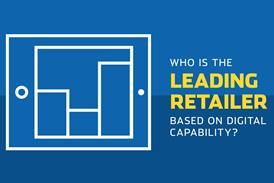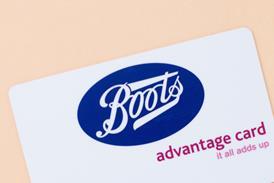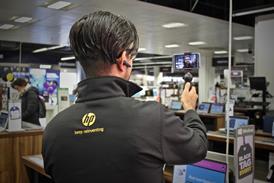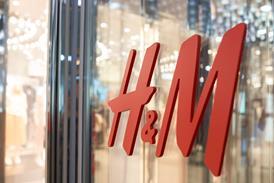- Rankings
- Marketing
- Logistics & customer service
- Cross-channel
- Ecommerce
 Evri reports 30% increase in US parcel deliveries as postal firms pause shipments
Evri reports 30% increase in US parcel deliveries as postal firms pause shipments Q&A: New boss of H&M-backed Centra Sara Laurell wants to keep the growth coming
Q&A: New boss of H&M-backed Centra Sara Laurell wants to keep the growth coming Why retail is lagging behind other sectors in AI investment
Why retail is lagging behind other sectors in AI investment Q&A: Currys Business’ Dean Kramer on growing brand awareness to reach more UK firms
Q&A: Currys Business’ Dean Kramer on growing brand awareness to reach more UK firms
- Case studies
- Methodology
Five reasons Amazon leads the pack

Amazon has topped Retail Week Indicator as the ecommerce giant continues to refine its digital capabilities
While some retailers are still at the start of their digital journey, Amazon is honing it to perfection.
The key to Amazon’s overall success is understanding how customers are shopping and being responsive to changing shopping habits. It is not content to follow the crowd; its culture of innovation means it will lead the pack and give customers a shopping experience they didn’t even realise they wanted.
Same-day delivery, personalised product recommendations, even drone delivery – Amazon invests to make sure it’s ahead of the curve.
Already have an account? Sign in here












